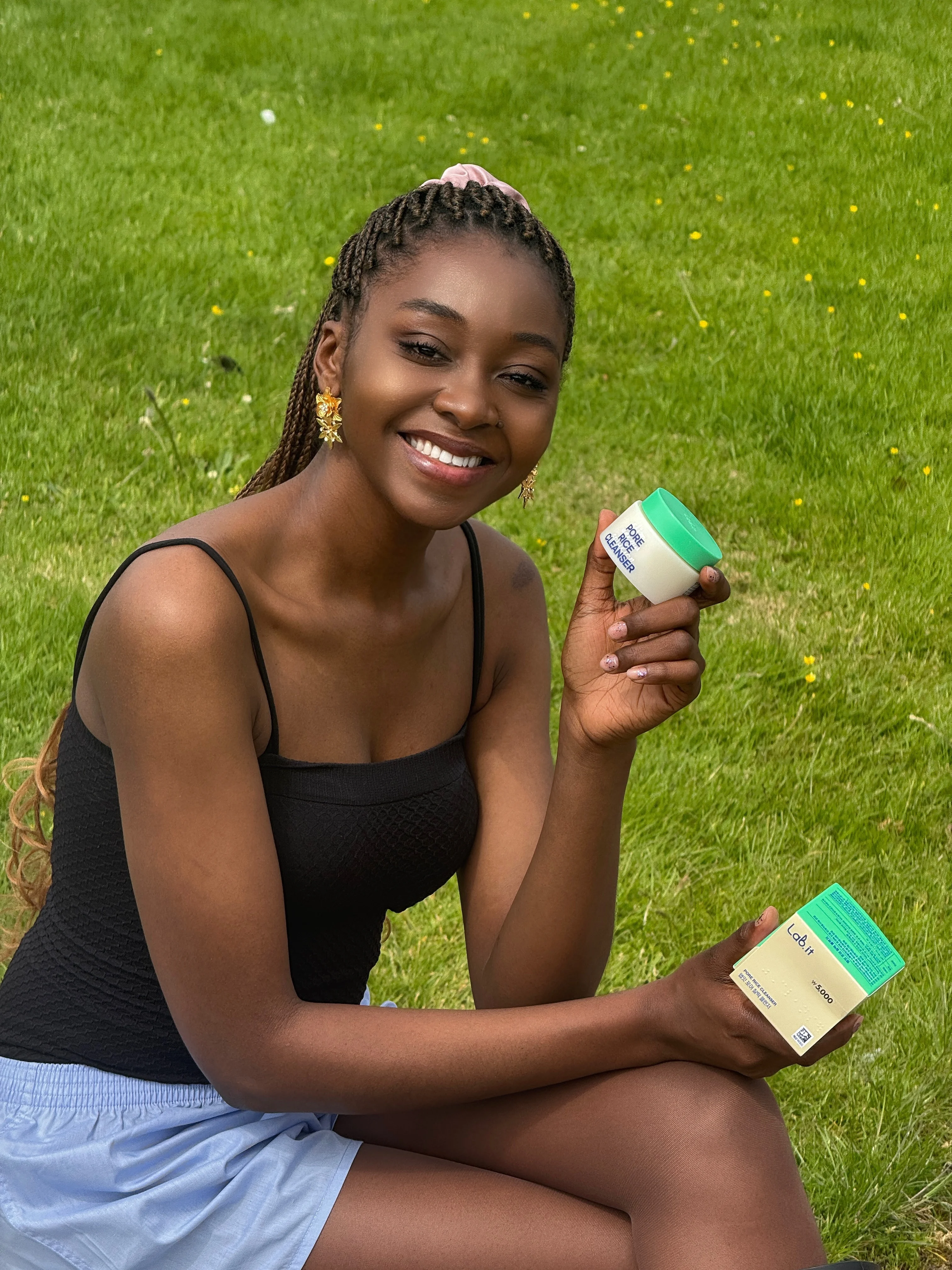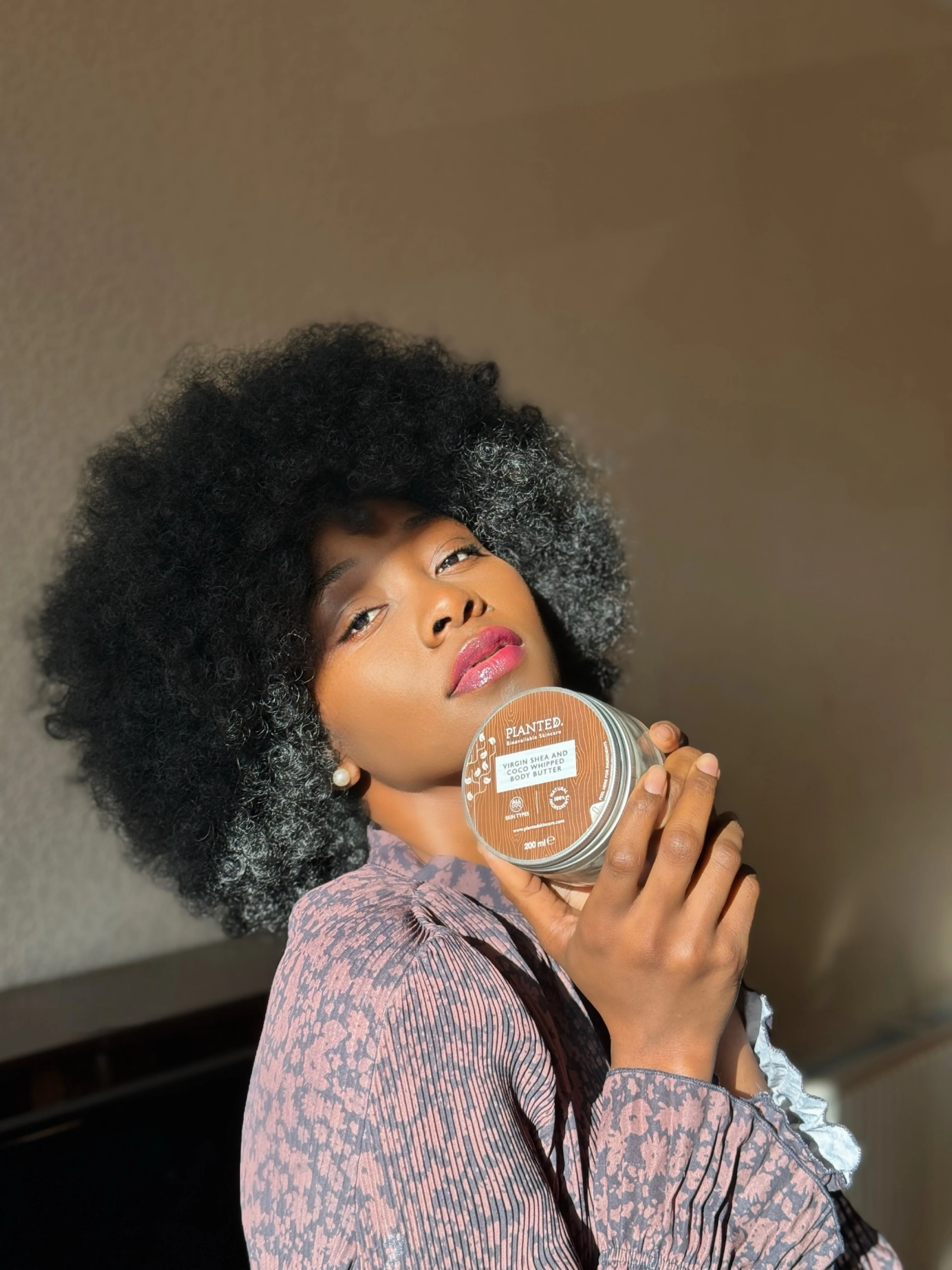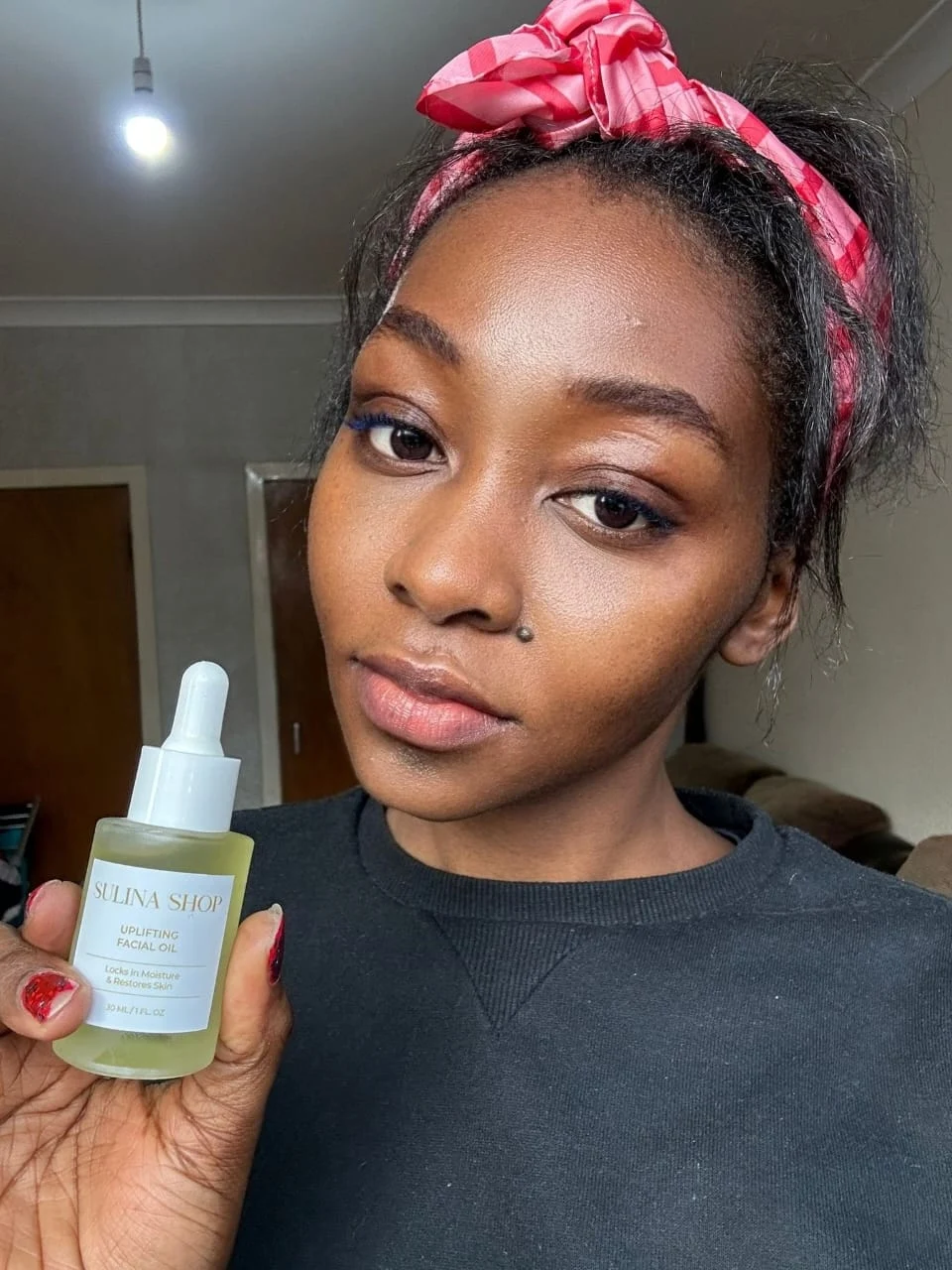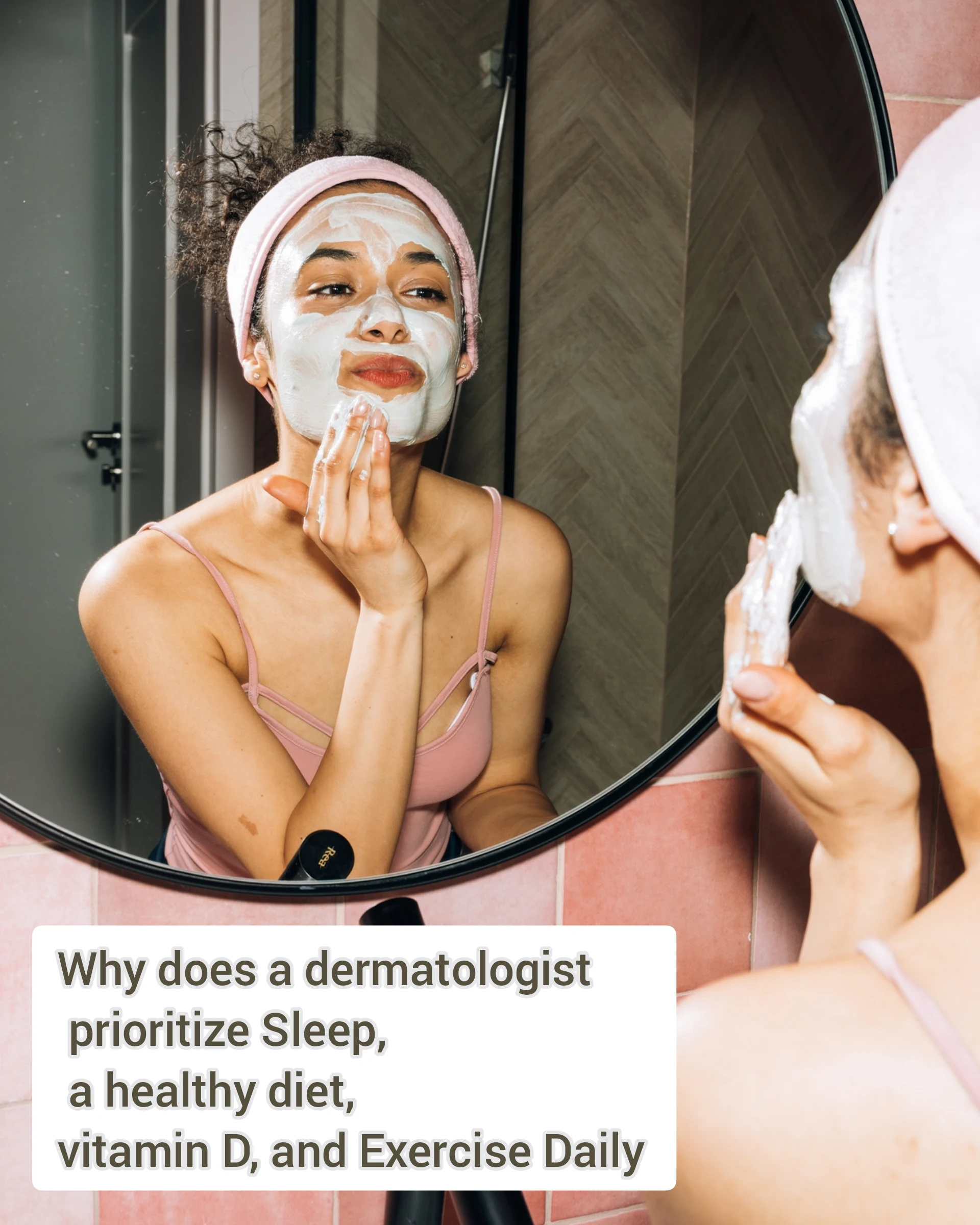


Could Melaleuca alternifolia oil offer a viable adjunctive therapy for conditions such as acne vulgaris or tinea pedis?

Tea tree oil, derived from the Australian Melaleuca alternifolia tree, is a prominent natural agent frequently incorporated into dermatological and trichological formulations. Its historical application spans centuries, primarily attributed to its purported antibacterial and antifungal properties. This article critically examines the scientific evidence supporting its efficacy in managing common dermatological conditions like acne, athlete's foot, and onychomycosis.
Composition and Mechanism of Action of Tea Tree Oil
Tea tree oil is a complex essential oil comprising over 100 distinct compounds, conferring its potential antibacterial, antifungal, and anti-inflammatory attributes. These inherent properties underscore its widespread use in skincare, haircare, and various home remedies.
Commercially, tea tree oil is available as a pure essential oil (100%) or in diluted concentrations ranging from 5% to 15% as an active ingredient in topical preparations such as creams, gels, and cleansers. Research indicates that its mechanism of action involves compromising bacterial and fungal cell walls, thereby disrupting their growth and replication cycles. While in vitro and preliminary human studies suggest significant antimicrobial, antifungal, and anti-inflammatory effects, further rigorous human-based research is imperative to fully elucidate its clinical benefits and safety profile.

I've been using the Lab.it Pore Rice Cleanser for some time now. When I received the product, I really wanted to give it an honest review, as I always do. So, here's my genuine opinion.
The product is not scented, which makes it suitable for anyone. But what really made this cleanser stand out for me is how my face feels after using it. Even if I don't apply cream immediately, my skin doesn't get uncomfortably dry. The texture is good too. I've heard of some Asian brands but hadn't tried them before, so maybe I was lucky enough to be sent this product, and it really suits my skin.

How I Use It
The instructions say to take an appropriate amount, lather well, gently massage the face, and rinse thoroughly with lukewarm water. However, I use it a bit differently: I apply the pore rice cleanser to my skin, spread and massage it, and then I often leave it on for a while if I'm doing other things, rinsing it off when I'm done. This particular cleanser is much better than liquid cleansers because it doesn't dry out your skin—at least, it doesn't for me.
I absolutely love this cleanser because it improves my skin clarity, brightens my under-eye area, leaves a rich, moisturizing feeling, and keeps my skin hydrated. It also helps tighten pores, giving me deep hydration and soft, beautiful skin. It's safe for daily use and vegan, making it ideal for sensitive skin.

Texture & Feel
The cleanser has a soft and bouncy texture. It's described as having a "mochi feeling," but since I haven't tried mochi before, I can't compare it directly. For me, it just feels incredibly fresh. Its elastic, creamy, dense, and cushiony texture gently adheres to the skin, effectively drawing out impurities and providing a satisfying, purifying pore cleanse, leaving skin refreshed. It's said to be the secret to baby-soft skin. The tannin green helps tighten pores and moisturize the skin, while rice peptides nourish for luminous, sebum-cleared, and smoother skin.

During cold winter mornings, I like to take hot showers before applying either coconut oil or shea butter because they help me maintain a radiant glow while also hydrating and revitalizing my skin.
Why Your Skin Will Love the Ultra Rich Anti-Ageing Face Cream

Here’s what makes it special:
1. Frankincense for Wrinkles
This cream’s secret weapon is frankincense, a natural ingredient that’s fantastic for reducing the appearance of wrinkles. For centuries, people have used frankincense for its skin-smoothing and anti-inflammatory properties. If you’re looking to fade age spots and smooth out fine lines, frankincense is a must-have in your skincare routine.

2. Intense, Long-Lasting Hydration
The blend of natural ingredients in this cream is an ideal solution for hydration.
- Beeswax locks in moisture, preventing dry, flaky skin.
- Avocado butter provides natural sun protection while deeply nourishing your skin.
- Virgin Organic Shea Butter ensures your skin stays plump and moisturized around the clock. This rich formula works wonders day and night, leaving your skin feeling smooth, soft, and rejuvenated.

How to Get the Best Results with the Ultra Rich Anti-Ageing Face Cream
This cream is easy to incorporate into your routine, whether you use it in the morning to start your day or as part of your nighttime routine. For the best results, I recommend applying it after your toner and serum for a dewy, glowing complexion that lasts all day. At night, allow the deeply hydrating ingredients to do their work while you sleep, resulting in softer, more radiant skin when you wake up.

Why Shea Butter is My Skincare Staple
You are all aware that I am an avid advocate for shea butter, and this cream contains the highest quality version: Virgin Organic Shea Butter. It locks in moisture like no other, leaving my skin feeling soft and plump. Combined with frankincense, it’s been giving my skin a youthful glow that I’m obsessed with.
Eco-Friendly Beauty That’s Good for You—and the Planet
One of the reasons I love this cream (besides how amazing it makes my skin look) is the eco-friendly packaging. The brand strives to make their products beneficial for both your skin and the environment. This brand meets all the criteria for sustainable beauty!
During winter in the Northern Hemisphere, you might experience red, rough, raw, and itchy skin because of low humidity both outside and inside. The outer layer of your skin reflects the humidity around it. Luckily, there are many simple and inexpensive ways to relieve winter dry skin, also known as winter itch.
Even if you live in a warm place, most people will deal with dry skin at some point. These tips can help keep your skin soft and healthy, whether you’re in chilly New England or sunny Hawaii.
Keeping Moisture in the Skin
Moisturizers are the first step in fighting dry skin. They rehydrate the top layer of skin cells and lock in moisture. There are three main types of ingredients in moisturizers:
Humectants: Attract moisture (e.g., ceramides, glycerin, sorbitol, hyaluronic acid, lecithin).
Occlusives: Seal in moisture (e.g., petrolatum, silicone, lanolin, mineral oil).
Emollients: Smooth skin by filling in spaces between cells (e.g., linoleic, linolenic, lauric acids)
Social media and stores are full of products that promise perfect skin. These products are increasingly marketed not just to adults but also to teens and tweens. While many are harmless, some can cause skin irritation and be expensive. Even if they are harmless, do they promote unhealthy ideas about beauty?
From a medical perspective, most teens and tweens don’t need specialized skin products, especially expensive ones. But let’s discuss when they might be useful.
.png)
When should teens and tweens use specialized skin products?
1. When a doctor recommends it. If your child has a skin condition like eczema or psoriasis, over-the-counter products might help. For eczema, fragrance-free cleansers and moisturizers are usually recommended. Always ask your doctor which brands to use and how to use them.
2. If they have dry or sensitive skin, Fragrance-free cleansers and non-irritating moisturizers (creams and ointments are better than lotions) are good choices. If you have questions or the products aren’t helping, consult your doctor.
What about acne products?
It’s rare to go through adolescence without a pimple. If your child is bothered by pimples, acne products from the pharmacy might help. Mild cleansers are better than those with alcohol. Look for cleansers for dry skin or eczema. Over-the-counter acne treatments often contain benzoyl peroxide, salicylic acid, azelaic acid, or alpha-hydroxy acids. Adapalene can help with stubborn pimples. Avoid astringents or exfoliants,, as they can irritate the skin. Talk to your doctor about the best options, especially if over-the-counter products aren’t working. There are many prescription treatments available.
This day cream is powered by a high concentration of two types of hyaluronic acid: High Molecular Hyaluronic Acid and Micro Hyaluronic Acid.
- High Molecular Hyaluronic Acid: Intensely moisturizes and smooths the skin’s surface.
- Micro Hyaluronic Acid: Replumps the skin with moisture, reducing the appearance of wrinkles.
- Replumping: The skin is visibly replumped with moisture.
- Smoothing: Wrinkles are smoothed, revealing a more youthful complexion.
- Glowing Skin: Restore your natural glow with consistent use.

L’Oreal Hyaluron Expert Day Cream is suitable for all skin types, including sensitive skin. It has been rigorously tested under dermatological control to ensure safety and efficacy.
How to Use:- Apply the day cream every morning.
- Use circular movements to massage it onto thoroughly cleansed face and neck.
- Pack Size: 50ml
- Ingredients: Aqua/water, glycerin, ethylhexyl salicylate, nicknamed, dimethicone, and more.
Why didn't I share this product with all my blog readers? I mean, I was just using it until it was finished, lol. I have always liked using shea butter on my skin, but nowadays, finding good products is like searching for air in the ocean.

While skincare products are significant, maintaining moisturized skin is also influenced by adequate hydration and the use of high-quality skincare products. Shea butter, renowned for its beneficial components, contributes to skin health. Planted Skincare provides a trusted and dependable solution for all your skincare needs. I appreciate the subtle natural citrus cocoa scent; it's 74% organic, a rarity these days. Recommended for all skin types.

Key ingredients
Shea butter - Deeply penetrates for intense hydration and restored elasticity. Treats inflammatory skin conditions such as rosacea, eczema, and psoriasis. Natural UV protectant. and #sheabutter
Cocoa butter - Occlusive properties lock in moisture and reduce water loss. Particularly rich in minerals and skin-softening vitamin E. #cocoabutter
Lavender essential oil - Calms and soothes our minds and our skin. Reduces scarring and pigmentation, increases collagen production. #lavenderoil
Geranium essential oil - Tightens and tones skin. Protects from environmental damage such as pollution and stress. #geraniumoil
I will give this product an 8.5/10
#skincare #skincareproducts #bodybutter #moisturizer #plantbased


- Moisturize
- Have antioxidants
- Smooth and soften the skin.
- Contain vitamins A, C, and E.
Finding relief for the discomfort of atopic dermatitis, a common form of eczema, can be a daily challenge. This skin condition, characterized by inflammation and itching, can disrupt sleep, social activities, and various aspects of daily life.
If simple remedies like gentle cleansing and regular moisturizing don't offer relief, your healthcare provider might suggest a prescription cream for your skin. A recent study has narrowed down the most effective options for managing atopic dermatitis.
The study, evaluating over 200 trials involving more than 43,000 people with atopic dermatitis, sheds light on the effectiveness of various prescription creams and ointments. These treatments fall into five categories, including topical corticosteroids, Janus kinase inhibitors, PDE4 inhibitors, calcineurin inhibitors, and other topicals like antibiotics and prescription moisturizers.
The research aimed to identify medications that significantly improved patients' quality of life, reduced severity, itch, sleep disturbances, or flare-ups, caused fewer serious side effects, and were discontinued the least due to adverse effects.
The standout winners in the study were two calcineurin inhibitors, namely pimecrolimus (Elidel) and tacrolimus (Protopic), along with moderate-potency topical corticosteroids like fluocinolone acetonide (Synalar cream 0.025%) and triamcinolone acetonide (Kenalog cream/ointment 0.1%).
Pimecrolimus excelled in six of seven outcomes, proving effective at reducing sleep disturbances and eczema flares. High-dose tacrolimus (0.1%) demonstrated improvement in five outcomes, particularly reducing itch and flare-ups. Moderate-potency steroids, a larger group, were effective in four to six of the seven outcomes, excelling at alleviating eczema itch, flares, and serious side effects.
The study also revealed a surprising finding: using a topical cream twice daily wasn't significantly more effective than using it once daily. While the traditional advice is twice daily, once a day could be more convenient without compromising effectiveness.
On the flip side, the study identified topical antibiotics as among the less effective treatments for eczema.
While the study involved a substantial number of participants, individual responses may vary. Factors like age, affected skin areas, eczema severity, and potential side effects should be considered when determining a treatment plan.
The bottom line? If your current treatment works well without serious side effects, stick with it. However, if your regimen isn't delivering the desired results, consult your healthcare provider or dermatologist to explore alternative prescription creams or ointments.
Picture Credit
Latest Treatment Methods
Customers will always want the newest and most effective treatments available on the market, and it's up to you to provide them to them. Tons of beauty Parlors have introduced red light therapy as a service because of the high demand, and you can do the same with wave light therapy. It's surely something that will attract more people to your place.
Wave light therapy is a new beauty treatment that involves using specialized lights to target specific areas of the face. The wave light machine will emit different wavelengths of light that penetrate the skin at different depths. This helps to stimulate collagen production, reduce inflammation, and improve overall skin tone and texture.
While wave light therapy is most commonly used on the face, it can also be used on other areas of the body. This makes it a versatile treatment that can be used to target a variety of concerns.
An Advice Section
People always want to know what they could do better in order to take care of their appearance They want to know what the latest trends are and how to properly take care of their skin, hair, and nails. This is why an advice section would be the perfect addition to your beauty salon!
Your advice section could include tips on the best products to use for different skin types, how often to get a haircut, and the best way to style your hair. You could also share your own personal tips and tricks that you've learned over the years!
Your customers will appreciate having this resource available to them, and it will make them more likely to come back to your salon in the future. Plus, it's a great way to build relationships with your customers and show that you care about their appearance.

A portrait is a painting, photograph, sculpture, or other artistic portrayal of a person that emphasises the face and its expressions. The purpose is to convey the individual's likeness, personality, and even mood. In photography, a portrait is typically not a snapshot but rather a prepared image of a person standing still. In a portrait, the subject often looks directly at the painter or photographer. This helps the subject connect with the audience.

Do you know that you can get the best images on Pinterest? I used to go through Pinterest to find cool poses sometimes before my shoot.

A study suggests that Botox injections to keep frown lines and furrowed brows from forming may help ease some of the symptoms of depression.
Botox is a popular wrinkle treatment that paralyses facial muscles with a toxin derived from the bacteria Clostridium botulinum. It is also used to treat health problems that don't show on the outside, like too much sweating, incontinence, and migraines.
But research from the past has shown that botox can also help improve a person's mood and ease some of the symptoms of depression.
Researchers looked at how 45 women with borderline personality disorder (BPD), a condition marked by impulsivity and strong negative emotions, felt after getting Botox treatments.
Dr Axel Wollmer of Semmelweis University, the study's senior author, stated: "This is a common personality disorder characterised by emotional instability and impulsive behaviour."
Patients with BPD have an overabundance of negative emotions such as anger and fear.
"We hypothesised that by relaxing the muscles in the forehead with botox, we would break a feedback loop between the face and the brain, reducing these negative emotions."
Common Causes of Hair Loss and How to Stop It.
Both men and women throughout the UK and across the world can develop hair loss. There are a number of factors that can cause hair loss, such as ageing and genetics. What is causing your hair loss can determine whether your hair falls out abruptly or gradually, or can regrow on its own. In some instances, treatment may be needed to regrow hair.
Here are some of the common causes of hair loss, as well as methods that can help in treating it.
Hereditary Hair Loss
Both men and women of all ages can develop this kind of hair loss. Hereditary hair loss is the most common type across the world. It’s known as male pattern hair loss for men and female pattern hair loss for women. Regardless of the type, the medical term is known as androgenic alopecia. This type of hair loss means you have inherited genes that cause hair follicles to shrink and stop growing hair eventually. Shrinking can start in your teens but normally begins later in life. Treatment can help to stop or slow down hair loss. There’s also the possibility that hair can regrow. However, this depends on when you start treatment.
Age
The aging process is inevitable and happens to us all. What comes with ageing is hair loss. Most people notice some hair loss. This is because hair growth slows down. There will come a point where hair follicles stop growing hair. This causes the hair on the scalp to start thinning. Hair will also begin to lose its colour. A woman’s hairline starts to recede naturally over the years. If caught early, treatment can help regrow hair in some individuals.
Alopecia Areata
Alopecia areata is a disease that begins when the body’s immune system starts attacking hair follicles. This results in hair loss. One can lose hair anywhere on the body, including the nose, scalp, and ears. Some people lose their eyebrows and eyelashes too. If you opt for treatment, this may help in stimulating hair regrowth. You can find out more about alopecia areata, including what causes it, treatment options, and how common the disease is.
Childbirth
A couple of months after giving birth, you may start noticing a lot more hairs on your pillow or brush. Try not to panic. This is common and happens to many women. Postpartum hair loss isn’t anything to worry about. In most cases, postpartum hair loss is temporary. To deal with postpartum hair loss and speed up the process, there are certain things that can help. These include getting the right nutrients in your diet, going easy on your hair, and choosing the right accessories. If you have any concerns, make sure to speak to your GP.
People who are growing beards understand how important it is to take care of them. While many individuals find a well-groomed beard appealing, when left alone, they can rapidly become unkempt. People who are growing a beard should take care of their facial hair by using beard oil on a daily basis. Making beard oil at home is a breeze.
There are numerous advantages to utilising this beard oil formula. Jojoba oil hydrates and soothes sensitive skin while also working to unblock clogged hair follicles. Coconut oil softens the beard and soothes itching. Meanwhile, almond oil hydrates the skin prevents acne, and kills bacteria.
This recipe also calls for the addition of antibacterial cedarwood essential oil and sandalwood.
When stored in a cold, dark spot, this beard oil mixture can last for up to a year, depending on how much oil is used daily.
Homemade Beard Oil
Ingredients:1/2 ounce jojoba oil
1/2 ounce sweet almond oil
1/2 ounce coconut oil
5 drops of cedarwood essential oil
5 drops of sandalwood essential oil
small glass bottle with an eyedropper or cap

Why Does a Dermatologist Make Sleep, a Healthy Diet, Vitamin D, and Daily Exercise a Priority?

Pin this post:
If you found this post enjoyable, kindly consider pinning it. Thank you, and may God bless you.
.png)







